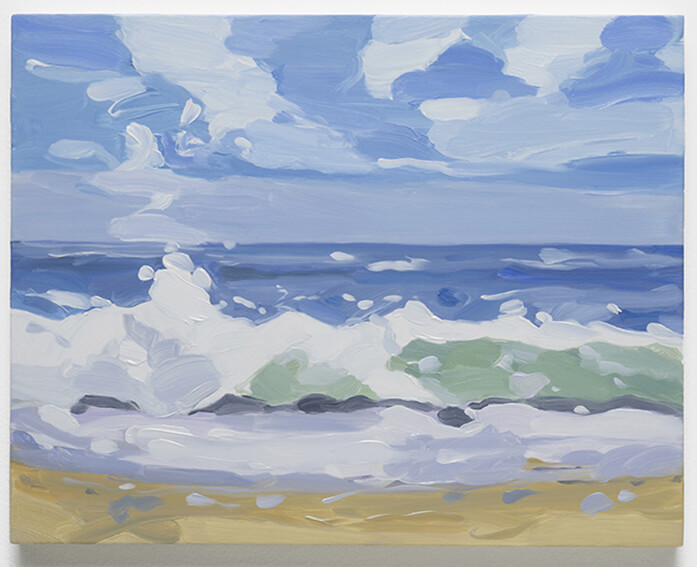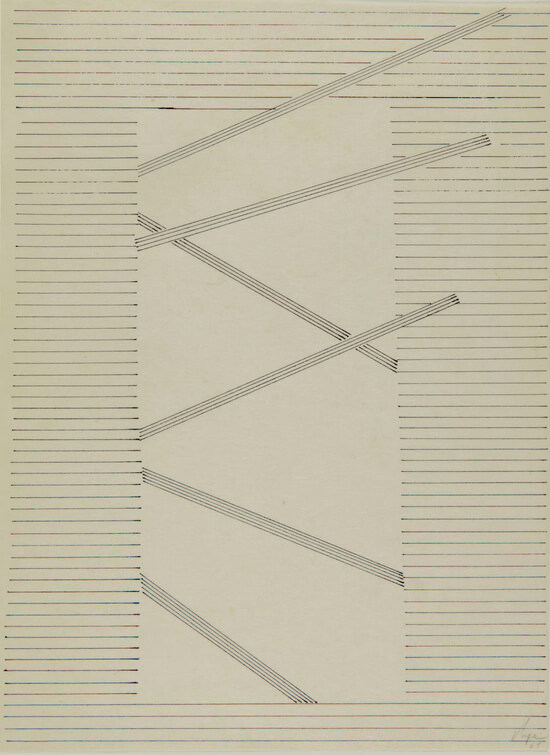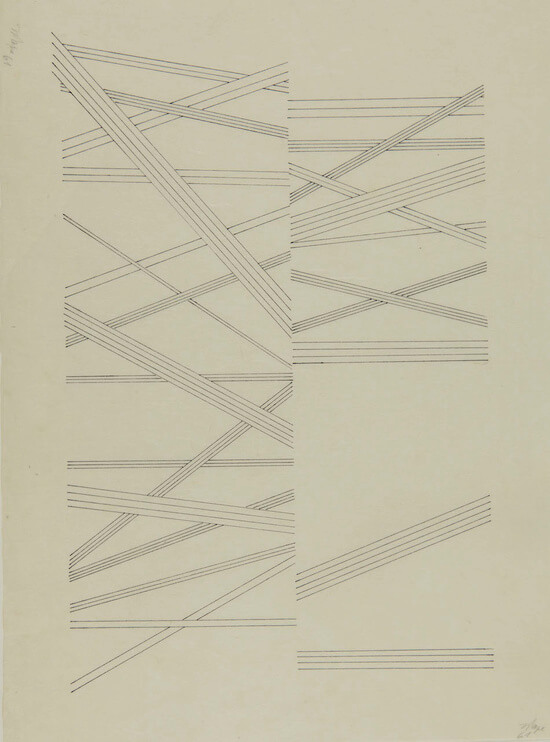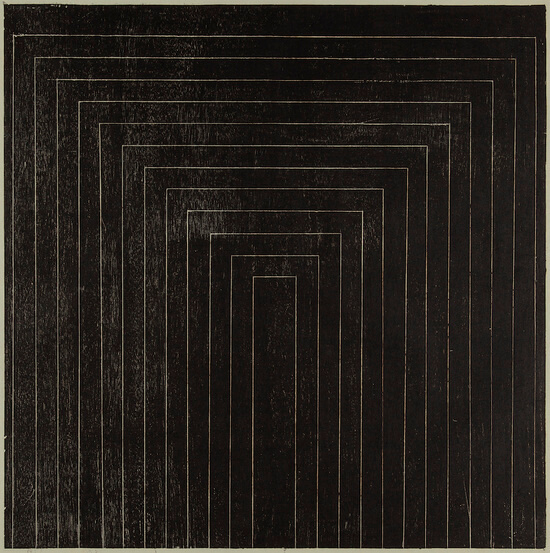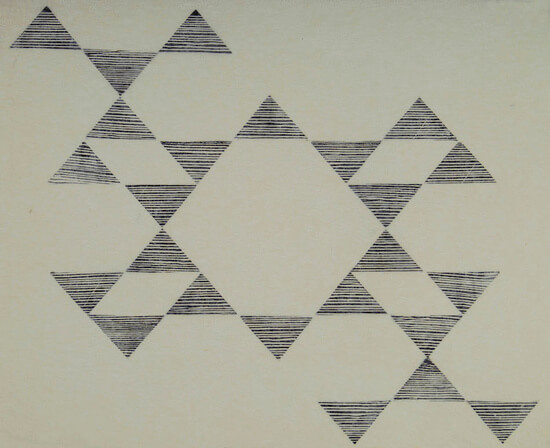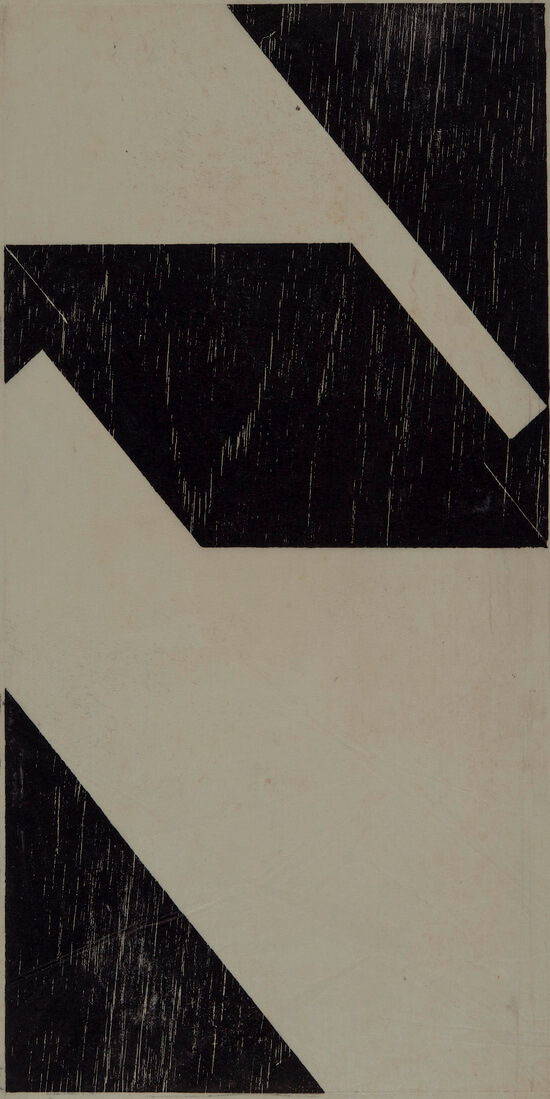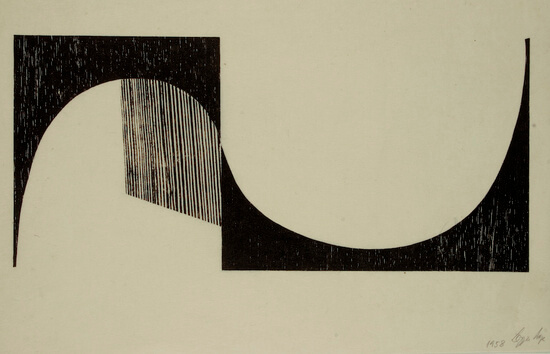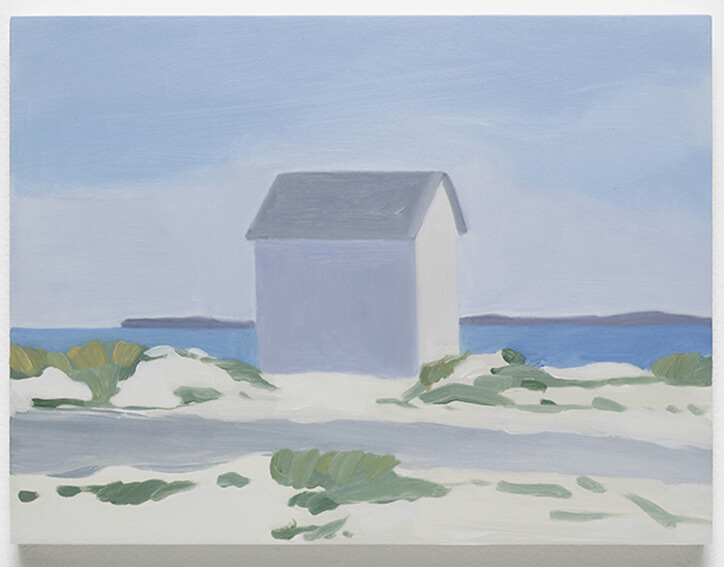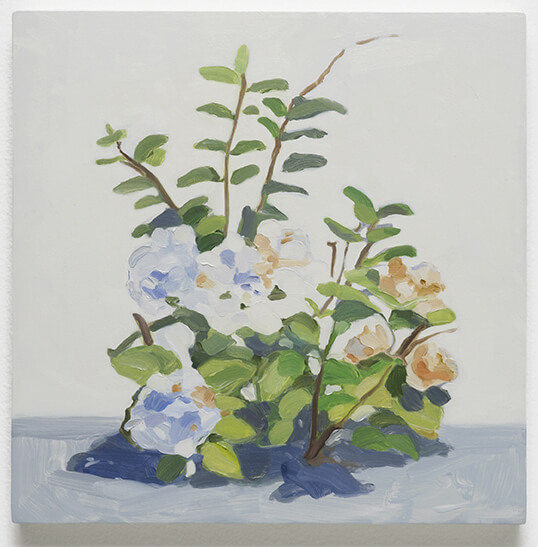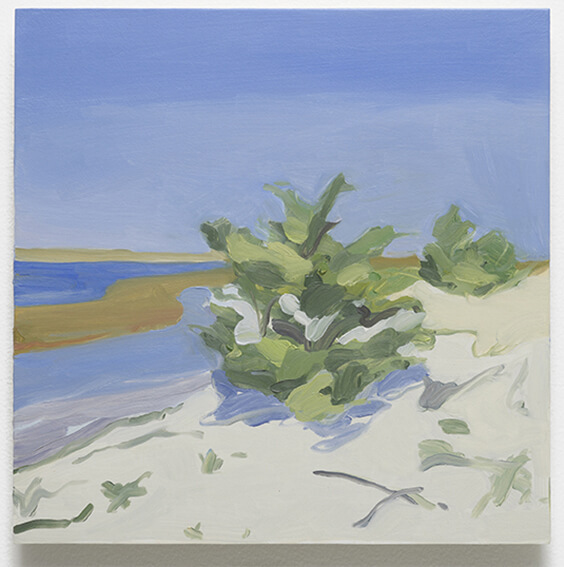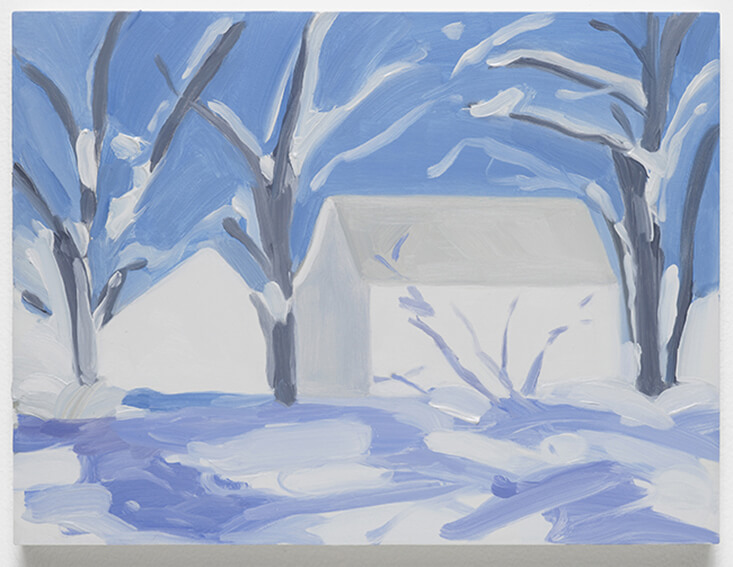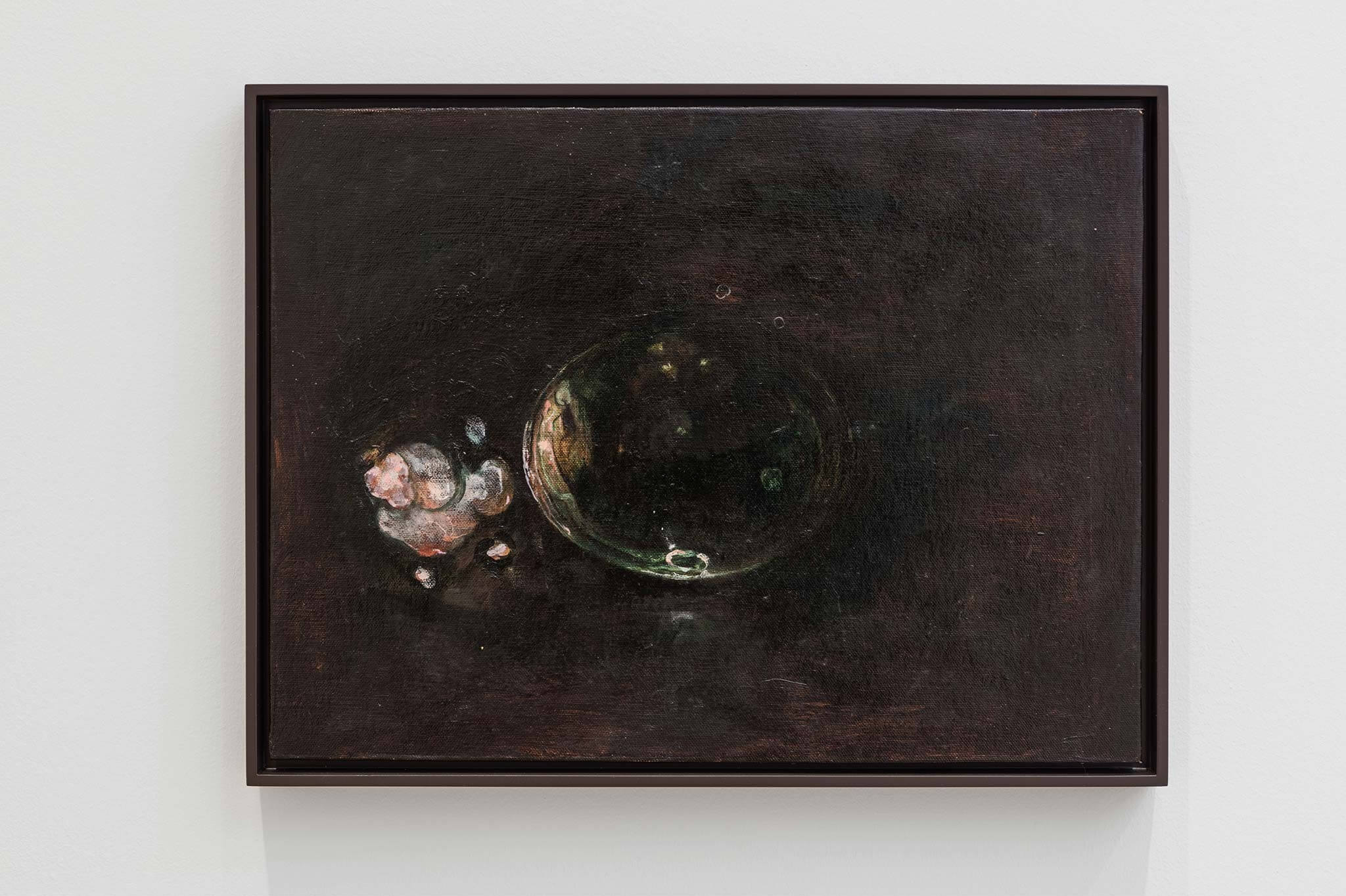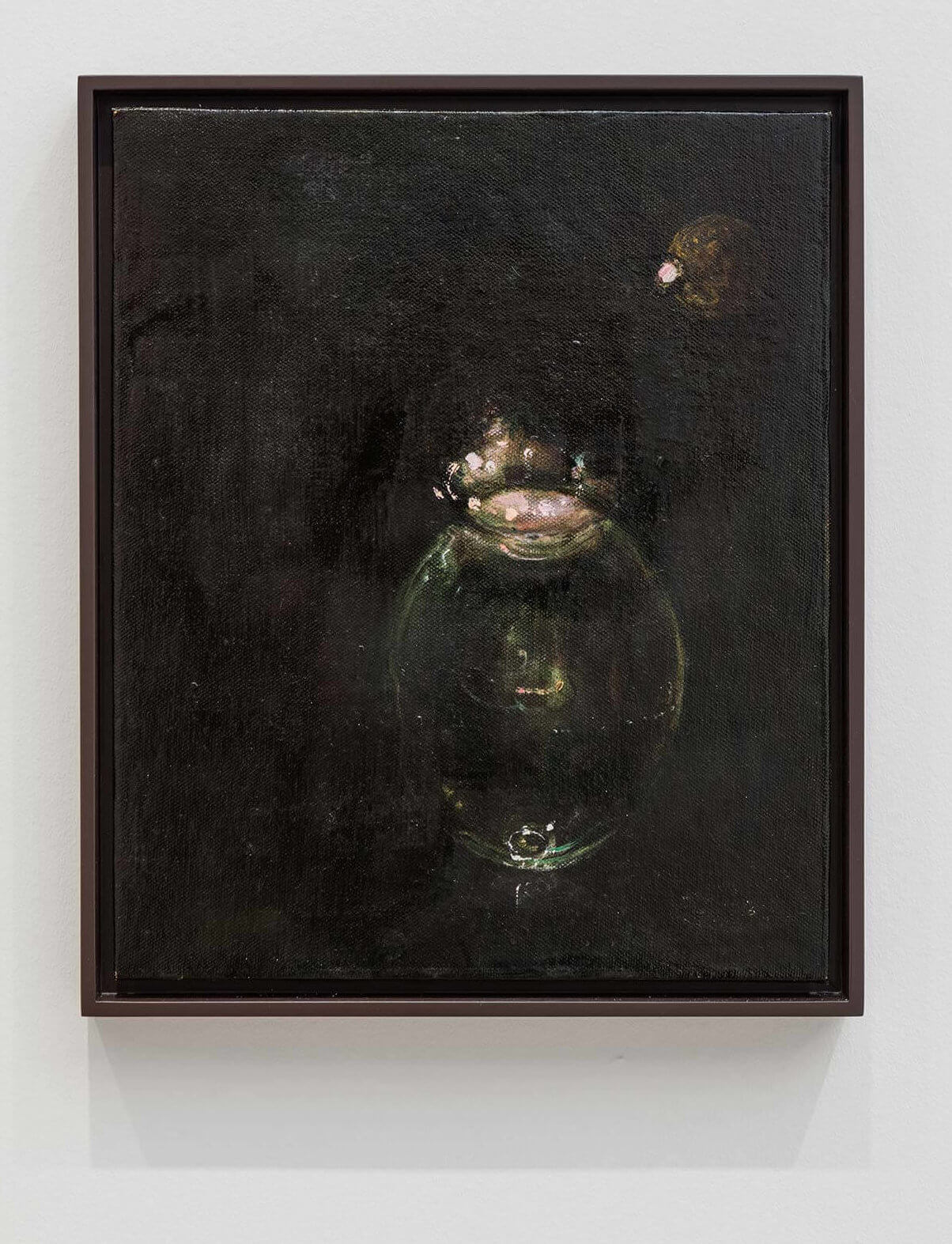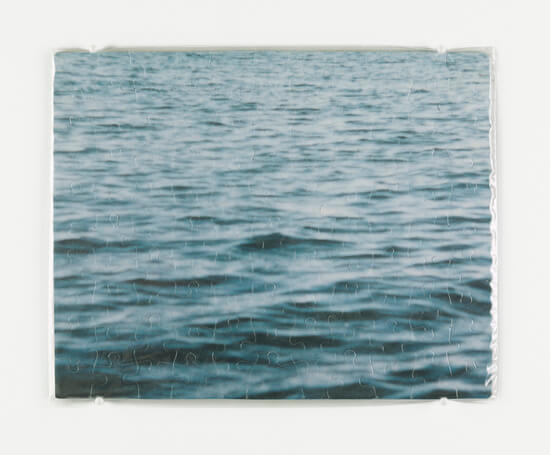Lygia Pape at Hauser & Wirth London until 19 November
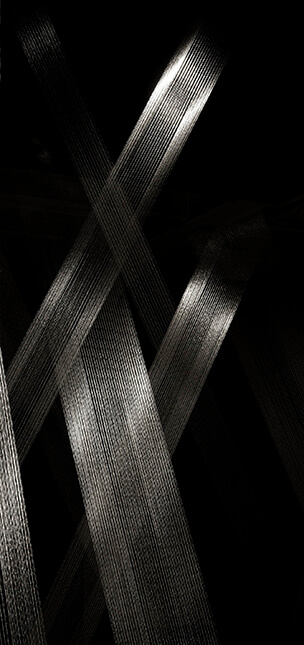
Silver thread, wood, nails, light
Dimensions variable
© Projeto Lygia Pape
Courtesy Projeto Lygia Pape and Hauser & Wirth
Photo: Paula Pape
You have ten days until it closes and you can’t miss this exhibition for anything in the world. Designed as a sequence of four rooms, each space presents an artwork or a series introducing Pape’s abstract work. The last room is a contemporary-cathedral grand finale. Ttéia 1C (2001-2016) is installed in a dark space where merely glimmers and flickers of silver threads come together as a grandiose and yet fragile sculpture. Let the work unravel in front of you as you move in space.
Lygia Pape (1927-2004) was a founding member of the Neo-Concrete movement in the early 60s as a response to Brazil’s rigid Concrete abstraction. Neo-Concrete called for greater sensuality, colour, poetic feeling and the inclusion of art into everyday life. The series Tecelares (Weavings) from the late 50s are woodcut prints on Japanese paper. The graphic quality of the work is undercut by the uneven application of ink, making certain areas bolder and more distinct than others. Pape created each Weaving in a single edition, treating them as individual works. These abstractions allude to the artist’s hand. They evoke the tradition of textile work in the indigenous communities in Brazil. Their harmonious irregularities as well as the impressions of textured wood speak of an abstraction dependent on the natural and organic elements.
Maureen Gallace at Maureen Paley until 20 November
Maureen Gallace’s (b. 1960) joyful scenes of solitude are painted on small wood panels. These meditative still lifes and seascapes bring together a collection of modest scenic views. With such an intimate scale, the viewer is forced to get close to the work. Gallace’s brushstrokes combine a decisive and expressive quality in some works with a more delicate, almost hazy texture in others. These generic images, as much as their neutral titles, possess a powerful identity able to remain in our consciousness. They are generic indeed; to the point they could be our own memories.
Fergal Stapleton, Lo Ceremonial at Carl Freedman until 10 December
Fergal Stapleton (b. 1961) presents a somber exhibition in its psychological and chromatic depth. The small paintings are part of an ongoing series of still life paintings in the manner of Flemish masters from the 16th and 17th centuries. What started as observations on close-up details of master paintings, has evolved into a body of work in its own right. The evocative vases with suggested glimmers of water or glass are dreamy white punctuations in contrast with the dark tones. The larger paintings are obscure enigmatic propositions. In my opinion, the small-scale works truly steal the show.
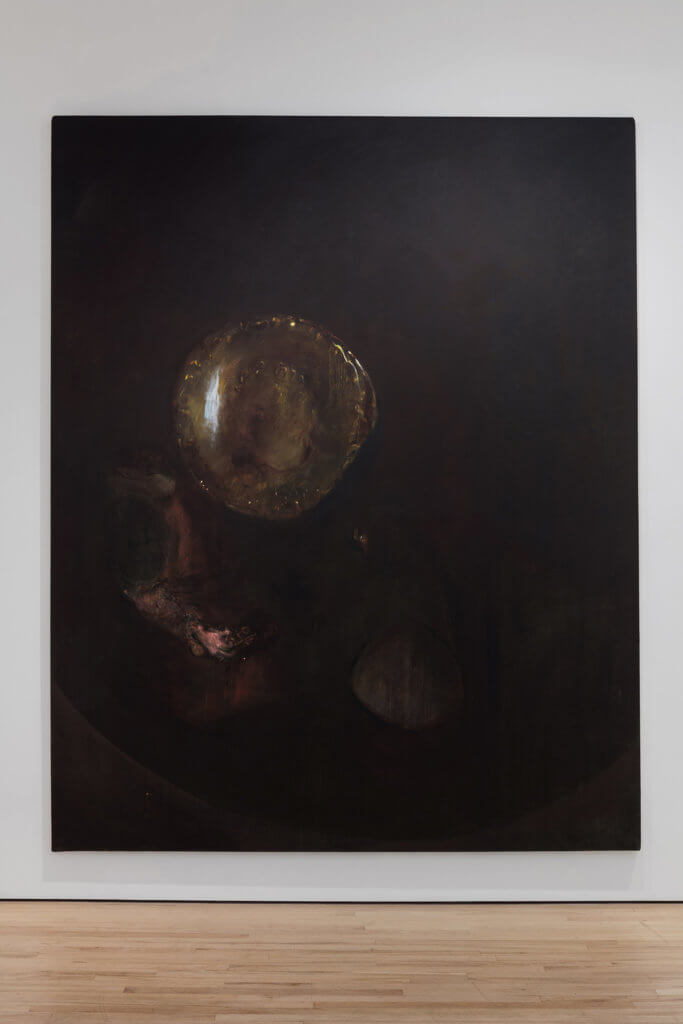
Oil on canvas
252 x 201 cm
Courtesy of Carl Freedman Gallery
Photograph: Mariell Lind Hansen
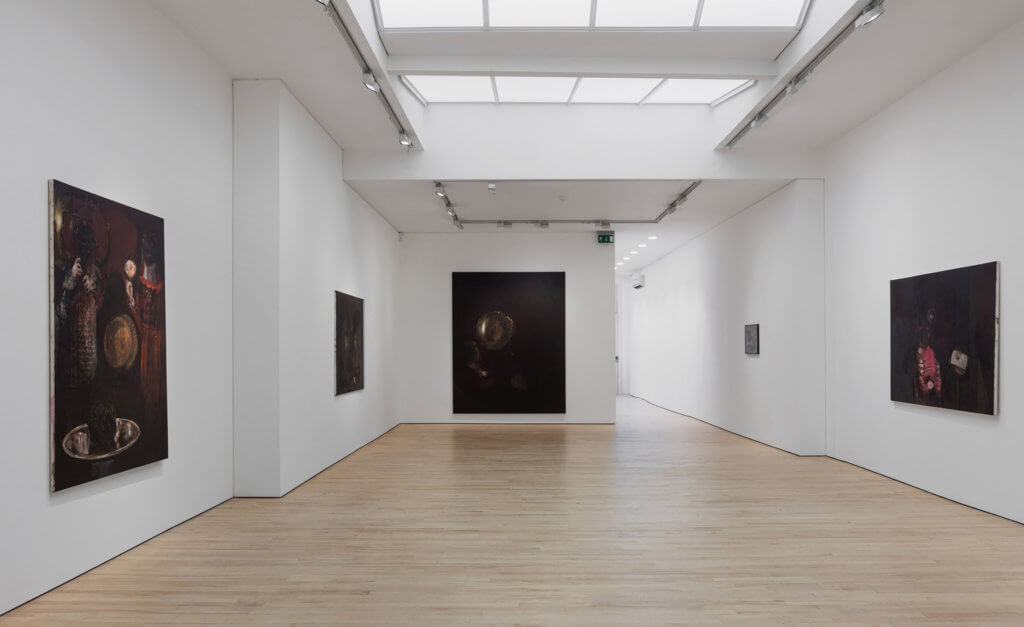
Installation view, Carl Freedman Gallery, London, 2016
Photograph: Mariell Lind Hansen

